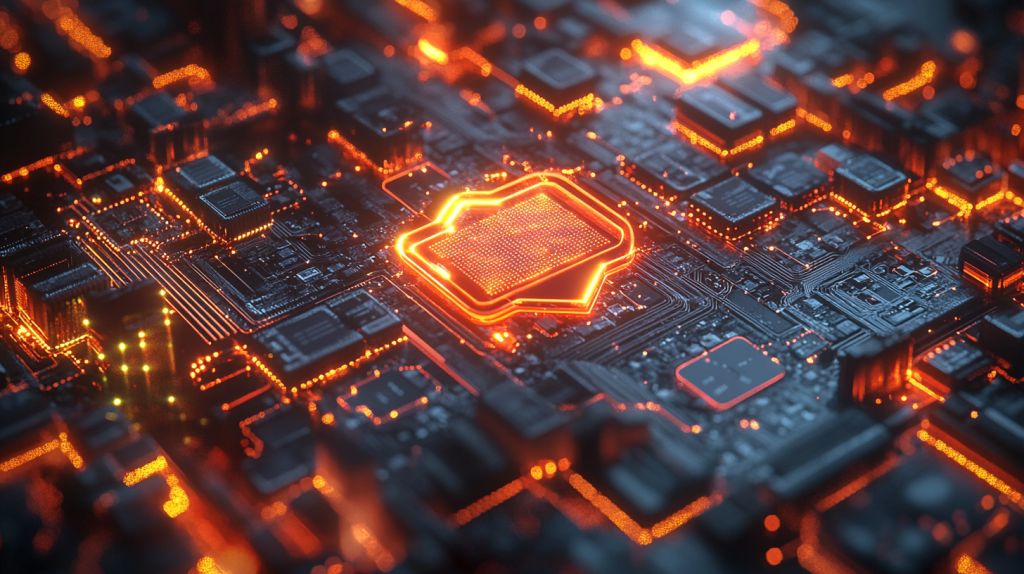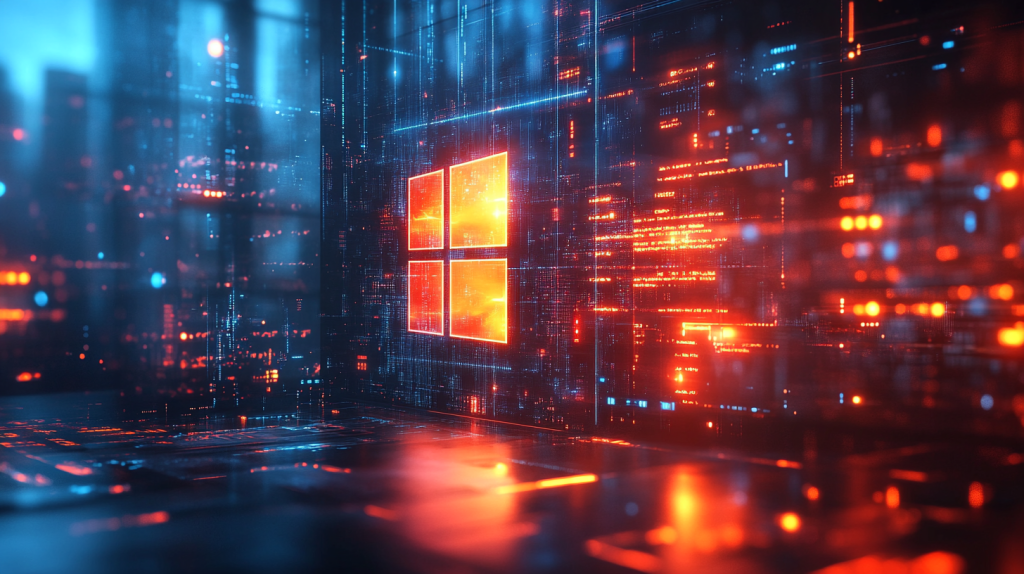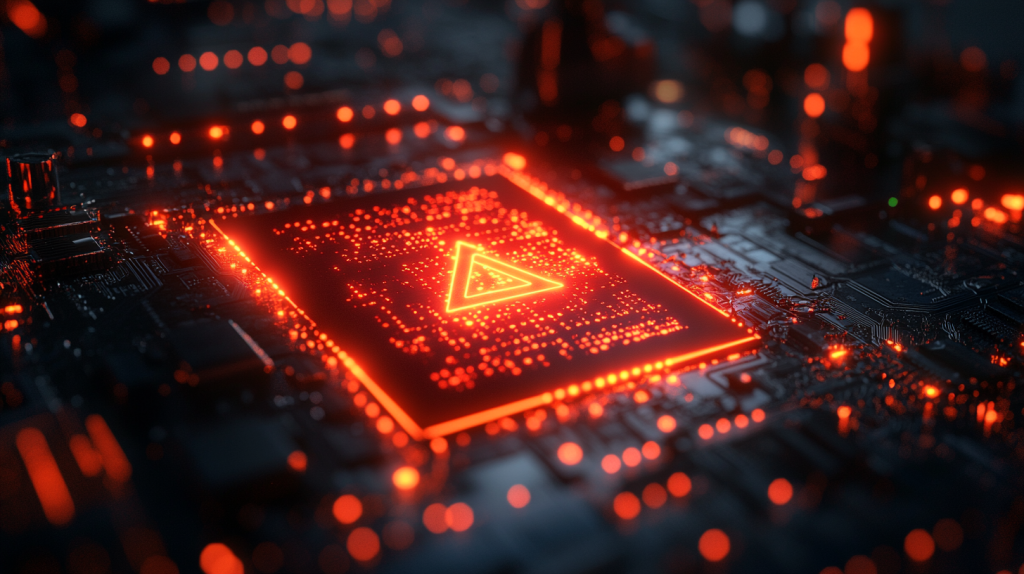Is your laptop running slower than a turtle in molasses? Don’t worry, we’ve all been there! Sometimes, the best solution is to hit the factory reset button and start fresh. In this guide, we’ll walk you through the process of factory resetting your laptop, step by step. So, whether you’re dealing with stubborn malware, preparing to sell your device, or just want that “new laptop” feel again, we’ve got you covered.
Whether your laptop needs a deep clean, a fresh start, or full repairs, our friendly Sydney techs can help bring it back to life. Get expert service that keeps your device running like new.
Learn About Our Laptop Repair ServicesWhat the Heck is Factory Resetting(And Why You Might Need One)

Let me tell you, after 15 years of helping folks with their laptop troubles, I’ve seen the look of relief on countless faces when a full factory reset solved what seemed like an impossible problem. Generally, factory reset is done to restore your computer or laptop to its original factory settings. Think of it like hitting a giant reset button that takes your laptop’s operating system back to how it was when you first unboxed it – minus that new laptop smell, unfortunately!
I once had a client who’d tried everything to fix their virus-ridden laptop – antivirus programs, disk cleanups, you name it. Nothing worked. Then, after we performed a factory reset process, their laptop was running smoothly again.
Here’s a note though: while a factory reset can work wonders on your computer device, such as improve your device’s performance, security, browsing experience, and battery life, it’s definitely a “nuclear option” that can wipe and delete everything clean and start fresh.
Should You Factory Reset Your Laptop?
Answer these questions to get a personalized recommendation.
Is your laptop experiencing significant performance issues?
Have you tried basic troubleshooting (disk cleanup, virus scan, etc.)?
Do you have a recent backup of all important files?
Do you have access to your software product keys and installation files?
Getting Your Ducks in a Row: Essential Pre-Factory Reset Steps

Trust me on this one – I’ve seen too many tears shed over lost family photos and important documents.
Before you even think about that factory reset button, let’s get your laptop ready:
- Backup all your important files to an external drive or cloud storage service
- Write down your product keys for Windows and other software
- Make a list of all the preinstalled apps and programs you’ll need to reinstall in your device
- Export your browser bookmarks
- Uninstall any unnecessary apps and programs to free up space and ensure a quick and smooth reset process
- Download the necessary drivers from your laptop manufacturer’s website
I learned this checklist the hard way after a client forgot to backup their tax documents before a factory reset. Never again!
The Step-by-Step Factory Reset Process for Windows 10

1: Back Up Your Data

Factory resetting will erase everything on your computer device, so for an easy and quick data recovery after a hard reset, make sure you back up any important data and files to an external hard drive or cloud storage service.
2: Open Windows Settings
- Click on the Start menu in the bottom-left corner of your screen.
- Select Settings (the gear icon) to open the Windows Settings menu.
3: Recovery Settings

- Click Update & Security in the Settings window.
- From the left-hand menu, choose Recovery.
4: Start the Reset Process
- Under the Reset this PC section, click on Get started.
- A window with two options will appear:
- Select “Keep my files”: Choose this option if you wish to remove apps and settings but keep your personal files.
- Select “Remove everything”: This will remove all data, pre installed apps, and settings for a clean slate on your operating system.
5: Choose Additional Settings
Once you have selected your option, you will be prompted to select between Cloud download and Local reinstall:
- Cloud download: This will download all the necessary files from Microsoft’s server, which helps if your Windows installation is corrupted.
- Local reinstall: This one uses files on your device to restore and reinstall Windows, faster but is dependent on the files already on your computer.
6: Confirm and Start the Reset
- Windows, then, will show you a summary of the reset options you chose. You can review these options, then click Next once you’re sure.
- Click Reset to confirm. After this, your computer will now restart and the factory reset process will begin.
7: Wait for the Reset to Complete
A factory reset may take some time depending on the speed of your computer device and whether you selected the local or cloud option. Your computer may restart multiple times during the factory reset process but note that this is normal when you reset your PC.8: Set Up and Reinstall Windows 10
Once the hard reset is complete, you’ll see the Windows 10 setup screen on your PC. You can now follow and perform the on-screen prompts and complete the initial setup for your device such as choosing your region, language, and other account settings.
Now, your Windows 10 PC is running smoothly and ready to be used again. For example, you can restore preinstalled apps, restore accounts, and configure settings on your device.
More Windows 10 Factory Reset Options
Method 1: The Settings Menu Route
- Press the Start menu and go to Settings (the gear icon)
- Select System > Recovery
- Under “Reset this PC,” click “Get Started”
- Choose between “Keep my files” or “Remove everything”
- Follow and perform the on-screen prompts
Method 2: The Fresh Start Feature For Your System
- Open Windows Security
- Go to Device Performance & Health
- Click “Additional Info” under Fresh Start
- Press “Get Started”
- Follow the wizard’s instructions
Pro tip: I always recommend the “Remove everything” option if you’re dealing with serious performance issues or malware. I’ve seen too many problems persist with the “Keep my files” option after a reboot.
Factory Reset: The Apple Way

The Apple process is a bit different, but just as thorough:
- Restart your Mac and hold Command + R
- Select Disk Utility and erase your hard drive
- Exit Disk Utility
- Choose “Reinstall macOS”
- Follow the installation steps for your OS
I remember helping a graphic designer who thought she’d bricked her MacBook – turned out she just needed to hold the keys down longer during startup. These little details matter!
Getting Back Up and Running: The Post-Factory Reset Checklist

After the factory reset, here’s what you need to do (in order):
- Download and install all Windows/macOS software updates
- Install your antivirus software
- Download and install your drivers
- Restore your personal files from backup
- Reinstall your essential programs
- Configure your system settings (display, power, etc.)
When Things Go Sideways: Troubleshooting Common Factory Reset Issues

Sometimes things don’t go as planned with factory resets. For instance, here are the most common issues I’ve encountered and their solutions:
Failed Factory Reset Process:
- Ensure your laptop is plugged in
- Try resetting through Advanced Startup
- Use installation media as a last resort
Activation Problems
- Check your Internet connection
- Use the built-in troubleshooter
- Contact Microsoft/Apple support if needed
Conclusion: Is a Factory Reset Right for You?

Although a factory reset isn’t always the answer, but when it is, it’s often the most effective solution. Just remember: back up your important data, prepare your drivers, and set aside a few hours for the process.
And hey, if you’re feeling overwhelmed, that’s what we’re here for at Nimble Nerds – sometimes it’s worth having a pro handle it!
Whether your laptop needs a deep clean, a fresh start, or full repairs, our friendly Sydney techs can help bring it back to life. Get expert service that keeps your device running like new.
Learn About Our Laptop Repair ServicesFactory Resetting- Frequently Asked Questions

A: Yes, if you choose the “Remove everything” option, it will erase all your personal files, downloaded programs, and system settings. That is why backing up is crucial for recovery!
A: Typically between 1-3 hours, depending on your laptop’s specs and the reset method chosen.
A: Yes, through the Advanced Startup options menu (Windows) or Recovery Mode (Mac), though you’ll need your Microsoft/Apple account credentials to perform this.
A: Absolutely! Use the “Remove everything” option and choose “Clean the drive” for extra security when selling.
A: Generally, an Internet connection is not required to factory reset your PC. However, some devices may need it in order to complete some certain steps of the reset process.





















